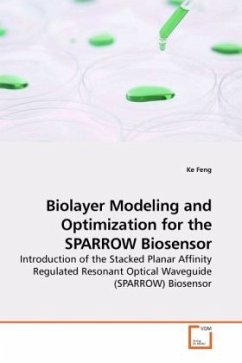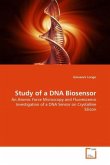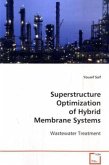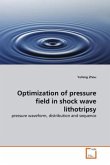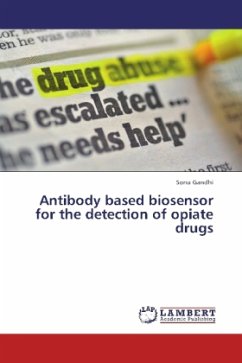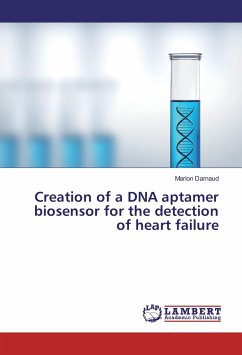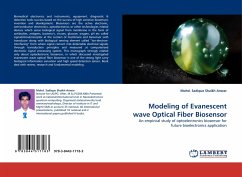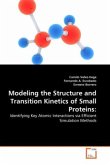Recently, the research of biosensor is of significant interest in applications from molecular screening for cancer drug design to bioagent detection for homeland security and defense. This book described the design, fabrication, and development of a special kind of biosensor - The Stacked Planar Affinity Regulated Resonant Optical Waveguide (SPARROW) biosensor. In this book, an analytic model is established for the SPARROW biosensor which accounts for those nonidealities such as waveguide interface roughness, biolayer surface roughness, biolayer partial coverage, and spatially random surface loading with which the design of the biosensor can be guided and optimized. Results provide a range of achievable limits of detection in the SPARROW device for a given target size, surface loading, and detectable optical power.
Bitte wählen Sie Ihr Anliegen aus.
Rechnungen
Retourenschein anfordern
Bestellstatus
Storno

